Australian Border Force, Australian Criminal Intelligence Commission, Australian Federal Police, South Australia Police
South Australia is the only state or territory where amphetamine-type stimulants (ATS) were the most seized drug in 2014–15, according to a new report by the Australian Criminal Intelligence Commission.
The Illicit Drug Data Report 2014–15 released today shows all other states and territories reported ATS as the second most seized drug after cannabis.
Minister for Justice, the Hon. Michael Keenan MP, launched the report alongside ACIC Chief Executive Officer, Mr Chris Dawson, in Adelaide.
“South Australia reported the greatest percentage increase in the weight of ATS seized. The marked increase in the number and weight of seizures during this reporting period is a direct result of the continued vigilance of law enforcement in combating the illicit drug trade,” Mr Dawson said.
South Australia Police (SAPOL) and Forensic Science South Australia provided key data to the report, including information about the issuing of Cannabis Expiation Notices along with illicit drug seizures, arrests and purity.
Assistant Commissioner Linda Fellows (Crime) noted that in 2014–15 the concentrated efforts of SAPOL against those who profit, manufacture and distribute amphetamine type stimulants (ATS) resulted in this category of drugs accounting for 51 per cent of illicit drug seizures in South Australia—the highest proportion reported by any stated or territory.
“This is an outcome which highlights the continued success of law enforcement in tackling this surge, targeting criminals and disrupting their illicit business.
“It is also worth noting that the vast majority of cannabis matters in South Australia are dealt with by way of Cannabis Expiation Notices (CENs).
“In 2014-15 CENs accounted for 80 per cent of cannabis related police activity in South Australia. Excluding CENs cannabis accounted for 52.8 per cent and ATS for 38.2 per cent of illicit drug arrests in South Australia in the reporting period.”
Australian Federal Police (AFP) Commissioner Andrew Colvin said the combined efforts by agencies has led to an increase in illicit drug seizures and arrests nationally.
“This year’s report demonstrates the close collaboration between law enforcement agencies has led to 13.7 per cent more drugs seized and 19.5 per cent more arrests from the previous year.
“But we are not complacent. Disrupting the supply chain for narcotics is vital to ending the devastation of illicit drugs. The AFP has recently recommitted to close working relationships with China, Vietnam and Cambodia to address the shared threat of transnational and organised crime. These partnerships provide significant value for Australian law enforcement in terms of our understanding of concealment methods, trafficking routes and syndicates facilitating narcotic imports into Australia.”
“Due in part to our wealthy status and our use of technology, Australia remains a target for criminal networks. The illicit drug data report is imperative in providing intelligence to the AFP’s International Network and aids in the development of off-shore partnerships to target illicit drug importation at its source,” Commissioner Colvin said.
Australian Border Force (ABF) Commissioner, Roman Quaedvlieg, said the ABF will continue to work closely with its partners to combat the threat of illicit drugs.
“While it is satisfying to note increased detections and arrests by the law enforcement community, it’s also a salutary reminder that the threat posed by illicit drugs is ever present,” he said.
“At this time, the most prominent of those threats is methamphetamine and its precursors and derivatives. The ABF is working with its partners to combat this pernicious drug.”
The Illicit Drug Data Report 2014–15 is a statistical report, which provides governments, law enforcement agencies and policy makers with a robust picture of the Australian illicit drug market. It pulls together data from all state and territory police agencies, the Australian Federal Police, the Department of Immigration and Border Protection and forensic laboratories.
For the first time, the report includes data from wastewater analysis to provide law enforcement, policy, regulatory and health agencies with additional and more objective data in relation to the usage of methylamphetamine and other drugs.
“The statistics in the report will inform prioritisation and decision-making to help protect Australia and minimise the threat, harm and destruction caused by illicit drugs,” Mr Dawson said.
The Illicit Drug Data Report 2014–15 is available online at www.acic.gov.au
